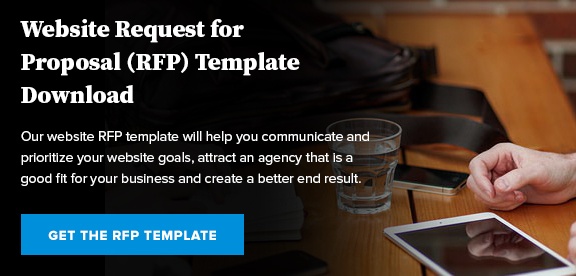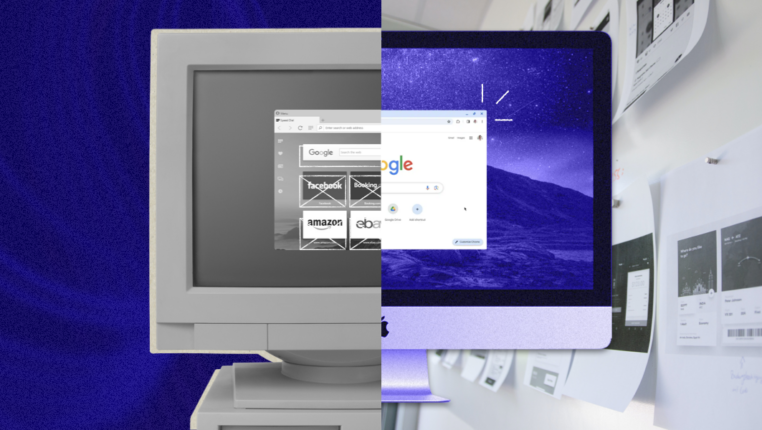Clearing the aesthetic air and nailing down even a few key web design preferences can save a handful of headaches down the road and keep both parties on the same (web)page all the way through launch.
One of the first items I was tasked with when moving into my position at eCity was to work on refining, and in some cases overhauling, our design process. As eCity does not typically focus on ground-up rebranding projects, our internal process and client research tactics have historically focused a bit more towards the functional side of things. Such research can prepare the client and team quite adequately from a technical aspect, but can leave designers with a bit more work to do when it comes to beginning to think through the look and feel of a website. This can be remedied quite simply by asking a few key questions.
1. Who do you anticipate will be using this site?
Understanding who the end user is and what their needs are is a crucial step in any design process. This question will help you uncover information about who the target audience is that you are ultimately designing for. This question will influence nearly all of your design decisions moving forward.
2. What is the tone/look/feel you are trying to convey? What do you want a visitor’s first impression to be? Please list three (or more) adjectives to describe this.
Engaging the client in this way and giving them a little homework can often force them to think a little deeper about themselves or their company, perhaps clarifying their thoughts or leading them in a direction they had not previously considered.
3. Who are the competitors/peers in your industry? What visually sets you apart?
This question can reveal how the client sees themselves within the visual landscape of their industry and can give the designer some insight into grid styles, colors, or design trends to potentially avoid or highlight.
4. Are there any websites whose design you appreciate? Any you dislike? What, specifically, do you like or dislike about these sites?
This, perhaps even more so than the first question, is where you can really get an idea of the client’s expectations. Sussing out client benchmarks can begin discussion of specific design elements such as image sliders, buttons, and forms as well as broader-stroke items like color and typography. It can be quite revelatory in terms of getting to the bottom of the client’s personal design tastes.
Learning how the client doesn’t want to be perceived can be equally as valuable and learning how they do. If the client has a negative reaction towards large typography, for example, use this as an opportunity to find out why, and either lead them towards an educated solution or make a note to steer clear of gigantic headlines.
With a brand already in place, it can be a little tricky to find flexibility in web design, but with a few key questions we can better understand the client’s goals and preferences and focus on a clear direction with minimal surprises along the way.




